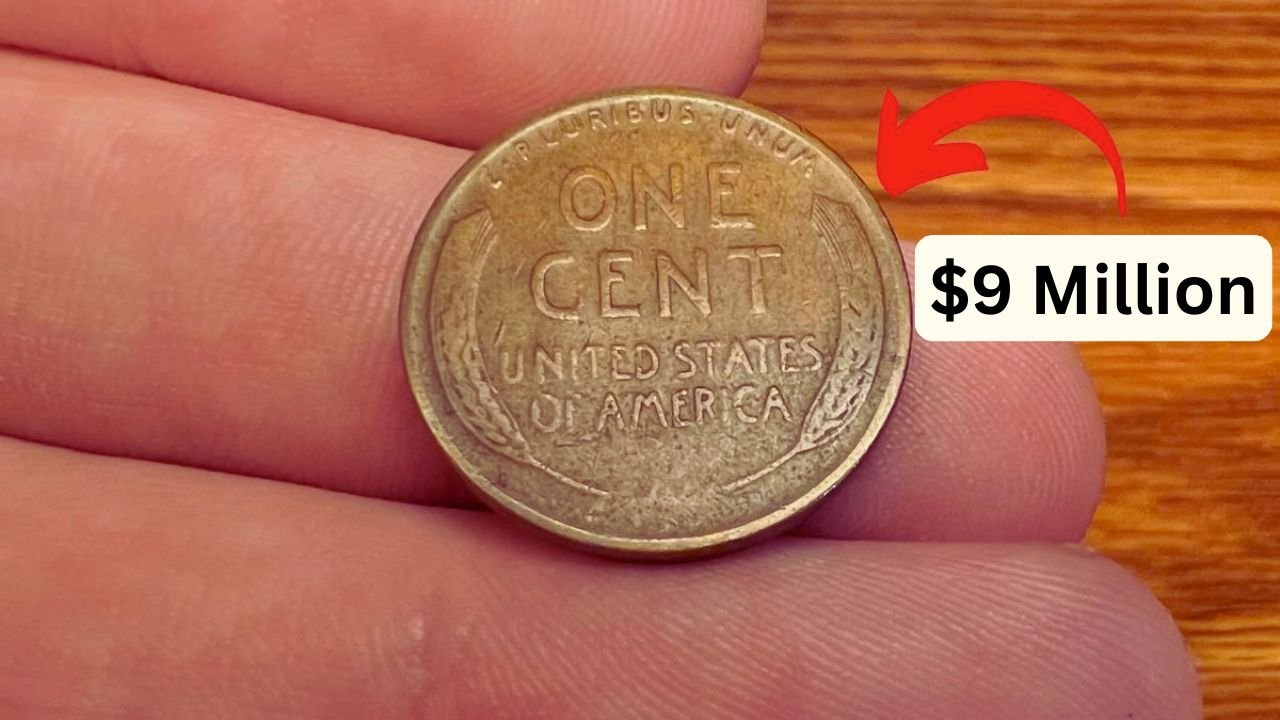Could a penny in your pocket be worth millions? A rare Lincoln Wheat penny, still hiding in circulation, might be valued at up to $9 million! These coins, made from 1909 to 1958, feature Abraham Lincoln on the front and wheat stalks on the back. While most are worth just a cent, certain ones with unique errors or features are collector’s treasures. This article will explain what makes these pennies so special, how to find them, and what to do if you spot one. Let’s see if you’re holding a fortune!
What Is a Lincoln Wheat Penny?
Lincoln Wheat pennies were first minted in 1909 to celebrate the 100th anniversary of Abraham Lincoln’s birth. They have Lincoln’s face on one side and two wheat stalks on the other, earning the nickname “Wheaties.” Billions were made, and many are still in wallets, change jars, or cash registers. Most are worth little, but rare ones—like the 1943 bronze penny or the 1909-S VDB—can fetch huge sums. A 1943 bronze penny sold for $8.7 million in 2023, sparking buzz on X about these coins still being out there.
Why Are Some Worth Millions?
The value comes from rare minting errors or limited production. In 1943, most pennies were made of steel due to World War II copper shortages, but a few bronze ones were struck by mistake. Only about 20 are known, making them insanely valuable. The 1909-S VDB, with designer Victor David Brenner’s initials on the back, had a tiny mintage of 484,000, and pristine ones can sell for over $2 million. Doubled die errors, where the date or words look blurry, also boost value. Collectors pay big for these rarities, especially if they’re in great shape.
How to Check Your Pennies
Spotting a valuable Lincoln Wheat penny is easy with a little know-how. Here’s how to check your coins:
- Check the year: Look for 1909-S, 1943, or 1955 (doubled die).
- Look for errors: Use a magnifying glass to spot doubled text, like on the date or “LIBERTY.”
- Check the mint mark: A small “S” or “D” under the year means San Francisco or Denver. No mark means Philadelphia.
- Look at the metal: A 1943 penny should be steel; if it’s bronze, it’s rare.
- Inspect condition: Shiny, uncirculated coins are worth more.
If you find a penny that looks promising, don’t clean it—cleaning can ruin its value. Keep it safe and get it checked by an expert.
What to Do If You Find a Rare Penny
If you think you’ve got a million-dollar penny, handle it carefully. Store it in a plastic coin holder to protect it from scratches or wear. Take it to a trusted coin shop or send it to a grading service like PCGS or NGC to verify its authenticity and condition. A high grade, like MS-65 or better, can mean a huge payout. For example, a 1943 bronze penny in MS-63 sold for $8.7 million. You can sell through auction houses like Heritage Auctions or to private collectors, but stick to reputable buyers to avoid scams.
Here’s a quick table with key details:
| Feature | Details |
|---|---|
| Years to Check | 1909-S, 1943, 1955 |
| Key Features | Bronze (1943), VDB initials (1909-S), doubled die (1955) |
| Value (Top Condition) | Up to $9 million |
| Value (Circulated) | $100–$100,000, depending on condition |
| Where to Authenticate | PCGS, NGC, trusted coin shops |
Start Hunting for Treasure!
Stories of rare Lincoln Wheat pennies keep collectors and everyday folks excited. A 1943 bronze penny was found in a teenager’s lunch money in 2024, selling for $1.2 million! These coins are still out there, hiding in change jars or cash drawers. Grab a magnifying glass, check your pennies for odd years, metals, or errors, and you might find one worth millions. Who knows? The next penny you pick up could change your life forever!

